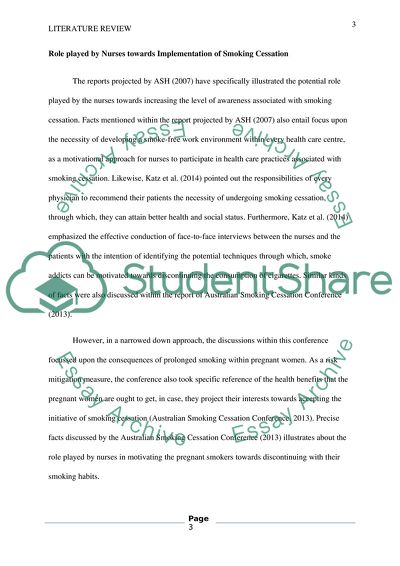Cite this document
(Literature review Assignment Example | Topics and Well Written Essays - 1000 words - 2, n.d.)
Literature review Assignment Example | Topics and Well Written Essays - 1000 words - 2. https://studentshare.org/medical-science/1855803-smoking-cessation
Literature review Assignment Example | Topics and Well Written Essays - 1000 words - 2. https://studentshare.org/medical-science/1855803-smoking-cessation
(Literature Review Assignment Example | Topics and Well Written Essays - 1000 Words - 2)
Literature Review Assignment Example | Topics and Well Written Essays - 1000 Words - 2. https://studentshare.org/medical-science/1855803-smoking-cessation.
Literature Review Assignment Example | Topics and Well Written Essays - 1000 Words - 2. https://studentshare.org/medical-science/1855803-smoking-cessation.
“Literature Review Assignment Example | Topics and Well Written Essays - 1000 Words - 2”. https://studentshare.org/medical-science/1855803-smoking-cessation.


